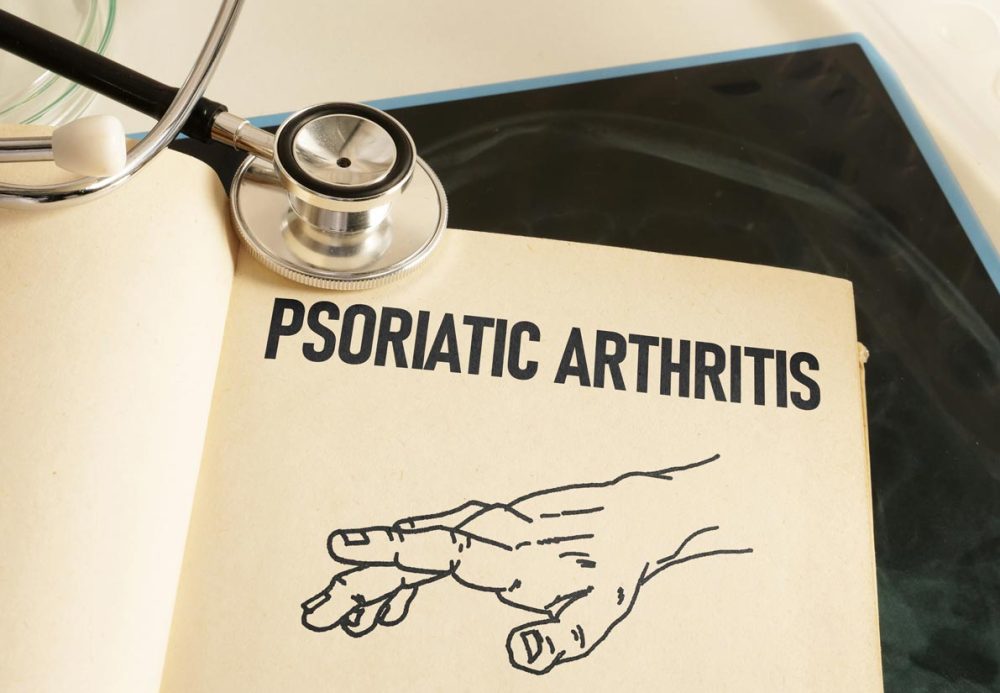Advertisment
First presentations of Bimzelx (bimekizumab) two-year data in axial spondyloarthritis and psoriatic arthritis at EULAR 2024 – UCB

UCB, announced the first presentation of two-year data from the Phase III studies, BE MOBILE 1 and BE MOBILE 2, and the open-label extension, BE MOVING, evaluating bimekizumab, an IL-17A and IL-17F inhibitor, in the treatment of active non-radiographic axial spondyloarthritis (nr-axSpA) and active radiographic axSpA (r-axSpA).
The impact of bimekizumab treatment on two-year radiographic progression in the spine of patients with r-axSpA will also be presented in a late-breaking oral presentation. In addition, the first two-year bimekizumab data in psoriatic arthritis from the Phase II studies, BE OPTIMAL and BE COMPLETE, and the open-label extension, BE VITAL, are also announced . These data are presented at the European Congress of Rheumatology, EULAR 2024, in Vienna, Austria, June 12–15.
“The bimekizumab new two-year data in axial spondyloarthritis and psoriatic arthritis presented at EULAR 2024 reinforce our belief in bimekizumab to provide long-term robust and sustained outcomes for patients with psoriatic arthritis and for patients across the full spectrum of axial spondyloarthritis,” said Emmanuel Caeymaex, Executive Vice President, Head of Patient Impact, Chief Commercial Officer, UCB. “We are particularly excited to share new late-breaking data that highlights our commitment to demonstrate the long-term benefit of bimekizumab on disease progression in radiographic axial spondyloarthritis.”
“The bimekizumab data in axial spondyloarthritis presented at EULAR 2024 showed that non-radiographic and radiographic axSpA patients achieved sustained suppression of inflammation over two years, and reported sustained improvements in symptoms which have a substantial impact on daily living including spinal pain, morning stiffness and fatigue,” said Xenofon Baraliakos, Professor of Internal Medicine and Rheumatology, Ruhr-University Bochum, Bochum, Germany. “One of the long-term treatment goals in axSpA is the prevention of structural progression. Late-breaking data also shared at the congress showed that the majority of radiographic axial spondyloarthritis patients treated with bimekizumab had no spinal radiographic progression over two years.”
“Minimal disease activity and remission are key treatment targets in the treatment of psoriatic arthritis,” said Laura Coates, Associate Professor, Nuffield Department of Orthopaedics, Rheumatology and Musculoskeletal Sciences, University of Oxford, UK. “New two-year data presented at EULAR 2024 showed that approximately 50% of patients treated with bimekizumab achieved sustained minimal disease activity and remission over two years. Improvements were observed across all patient-reported and most clinical components of minimal disease activity, with robust improvements in joint and skin outcomes.”
Across the spectrum of axSpA, approximately one in two patients treated with bimekizumab over two years achieved and maintained a 40 percent or greater improvement in signs and symptoms of axSpA (Assessment of SpondyloArthritis international Society (ASAS40). At two years, approximately six in ten patients with nr-axSpA and r-axSpA achieved Ankylosing Spondylitis Disease Activity Score (ASDAS) low disease activity (ASDAS <2.1) and three in ten achieved a state of inactive disease (ASDAS <1.3). Late-breaking data revealed that patients with r-axSpA treated with bimekizumab showed minimal spinal radiographic progression at two years, and there was a high proportion of non-progressors, including in those with baseline spinal damage. Furthermore, one-year results and post hoc analyses from BE MOBILE 1 and BE MOBILE 2 showed that treatment with bimekizumab substantially improved magnetic resonance imaging (MRI) inflammation, reduced erosions and increased backfill and fat in the sacroiliac joints of patients with nr-axSpA and r-axSpA, which may suggest evidence of tissue repair.
In PsA, approximately one in two patients treated with bimekizumab who were new to biologics and those with prior inadequate response or intolerance to tumour necrosis factor inhibitors (TNFi-IR) showed sustained achievement of minimal disease activity (MDA) over two years. Patients also achieved sustained remission up to two years as measured by the Disease Activity Index for Psoriatic Arthritis (DAPSA) remission or low disease activity (REM?4; REM+LDA?14) responses and DAPSA change from baseline.
Highlights from the bimekizumab two-year data in axSpA presented at EULAR 2024 : i. ASAS40: At Week 104, 49.2 percent of nr-axSpA patients (n=254) and 53.9 percent (n=332) of r-axSpA patients treated with bimekizumab achieved ASAS40. ii. Low Disease Activity: At Week 104, 61.2 percent of nr-axSpA patients (n=254) and 63.4 percent of r-axSpA patients (n=332) treated with bimekizumab achieved low disease activity (ASDAS<2.1) iii. Inactive Disease: At Week 104, 31.6 percent of nr-axSpA patients (n=254) and 31.3 percent‡ of r-axSpA patients (n=332) achieved inactive disease (ASDAS <1.3). iv. Radiographic Progression: At Week 104, the majority of r-axSpA patients (157/190) treated with bimekizumab had no spinal radiographic progression as defined by modified Stoke Ankylosing Spondylitis Spinal Score (mSASSS) Change from Baseline (CfB) =0. The proportion of non progressors was 85.3 percent (162/190), as defined by mSASSS CfB less than ,0.5. The proportion of non progressors was 92.1 percent (175/190), as defined by mSASSS CfB less than 2, which included 83.1 percent (69/83) of the patients who had existing structural damage (mSASSS greater than 2 ) at baseline. v. Patient-Reported Outcomes: Treatment with bimekizumab demonstrated consistently sustained improvements in spinal pain, morning stiffness and fatigue in patients with nr-axSpA and r-axSpA over two years, as reported by patients. vi. Safety Profile: The safety profile of bimekizumab in axSpA over two years was consistent with previous studies with no new safety signals observed. To Week 104, 89.5 percent (514/574) of patients with axSpA had ?1 treatment-emergent adverse event (TEAE) on bimekizumab. The most frequent TEAEs by exposure-adjusted incidence rate per 100 patient-years were SARS-CoV-2 infection (COVID-19; 13.2), nasopharyngitis (10.2), and upper respiratory tract infection (6.0).
Highlights from the bimekizumab two-year data in PsA presented at EULAR 2024 : Minimal Disease Activity & Remission: At Week 104, 52.4 percent of biologic-naïve PsA patients treated with bimekizumab (n=431) and 49.8 percent of biologic-naïve PsA patients who switched from placebo to bimekizumab (n=281) at Week 16 achieved MDA. In patients in the adalimumab reference arm who switched to bimekizumab at Week 52, the MDA response at Week 52 was sustained to Week 104. At Week 88, 46.1 percent of PsA TNFi-IR patients treated with bimekizumab (n=267) and 36.8 percent of PsA TNFi-IR patients who switched from placebo to bimekizumab (n=133) at Week 16 achieved MDA.. Trends were similar at Week 104/88 for achievement of DAPSA remission and low disease activity.





